Microgrids are the epitome of Local Energy.
As the name suggests, microgrids are miniature versions of the big grid. They generate their own power and they have their own loads. And, if the grid goes down, microgrids continue to operate in what the industry calls “island mode”.
Even though there are only a few thousand built so far, most experts think microgrids are an essential part of the grid’s future.
Anne Pramaggiore, the CEO of utility Commonwealth Edison (ComEd) says “Microgrids are the laboratories for the future of energy.”
Despite the huge potential, most people know very little about this emerging technology.
A search on the web returns results that are incomplete, too high level or too technically deep.
 So when a team of MBA students from Presidio Graduate School approached me to help mentor them on a microgrid analytics project, I signed up. Presidio was one of the first graduate schools in the country to focus on sustainability. And, Doug and Adam’s project was a perfect match for my focus on Local Energy – create a tool for users with little industry knowledge to evaluate the feasibility of using a microgrid to meet their energy needs.
So when a team of MBA students from Presidio Graduate School approached me to help mentor them on a microgrid analytics project, I signed up. Presidio was one of the first graduate schools in the country to focus on sustainability. And, Doug and Adam’s project was a perfect match for my focus on Local Energy – create a tool for users with little industry knowledge to evaluate the feasibility of using a microgrid to meet their energy needs.
Gathering sources and interviewing experts
The team began by scouring the industry for publicly available data sources to drive their model. They discovered great sources like:
- DSIRE – Database of State Incentives for Renewables & Efficiency from the North Carolina Clean Energy Technology Center (@dsireusa, part of my alma mater, North Carolina State University)
- State Policy Opportunity Tracker (SPOT) – a hub of information on both existing state clean energy policies and, uniquely, future policy opportunities (@cnee_csu)
- US Energy Information Administration (EIA) – the US Government’s enormous pool of research on energy technology and energy markets (@eiagov)
- Institute for Local Self Reliance (ILSR) – the organization provides innovative strategies, working models and timely information to support environmentally sound and equitable community development (@ilsr)
- Freeing the Grid
- (more sources are listed in the spreadsheet)
Then they interviewed several experts including:
- Baird Brown, a legal expert and regular speaker on building local energy systems
- Autumn Proudlove, a policy expert who helps run the DSIRE legislative project
- Peter Lilienthal, the CEO of HOMER Energy, the microgrid industry’s most widely used modeling tool
Building the model
The spreadsheet model they built takes several inputs including building type, location within the US and building size. It even supports multi-purpose buildings or multiple buildings on a campus.
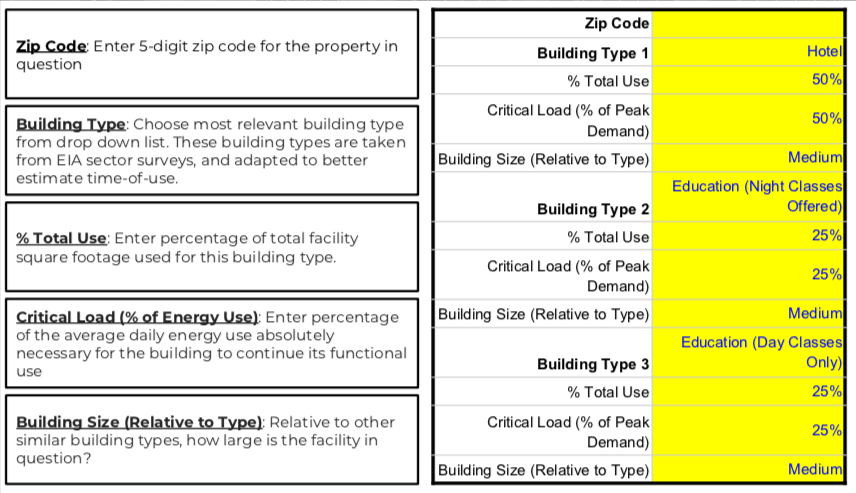
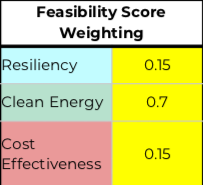
The model allows the user to weigh different goals reflecting the project’s specific requirements: to improve system resiliency, to reduce carbon intensity, or to increase cost efficiency. Many microgrids are built primarily for their islanding ability to ensure electricity continues to flow during grid outages. More recently, microgrids are also being built as a way to adopt clean energy, like solar+battery. And, of course, every microgrid will be measured on it’s cost with some requiring costs be even lower than electricity from the grid (see my article on Montgomery County’s microgrids).
GET MONTHLY NEWS & ANALYSIS
Unsubscribe anytime. We will never sell your email or spam you.
The resulting analysis is presented in two parts. First is a view of the project by the three key measurements for each included building type. And, second, is the overall score, measured like a school grade, A-F.
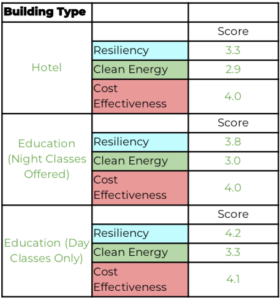
And, third, is the overall score, measured like a school grade, A-F.
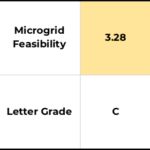
Learning more…
I want to thank Adam, Doug, Prabhjot, and Scott for inviting me to be a part of their project. It was an amazing experience and it’s fair to say that we all learned even more than we expected. The project wrapped up with a presentation to their professor Dariush Rafinejad. While the class is over, our ambition for this project has only grown. Our hope is to find a sponsor or new home (or maybe take it on ourselves) and turn this spreadsheet model into an interactive, online website. We envision a wiki-like site that not only produces grades but also points users to other sites and potential vendors where they can learn more. We continue to believe that tools like this are sorely needed so that prospective microgrid owners can get a simpler initial look at the regulatory, financial and technical complexities of this amazing new energy landscape.
If you’d like to learn more about the project, you can download the presentation here: PGS Team Final Report. Or you can download the Excel spreadsheet model at this link and give it a test drive: Microgrid Feasibility Assessment Tool (caveat: this has not been stress tested so we recommend focusing more on the model’s approach than its results).
Also, feel free to reach out to the team members directly: Adam Mason (adam.mason@), Doug Perry (douglas.perry@), Prabhjot Sandhu (prabhjot.sandhu@), and Scott Oltmann (scott.oltmann@) (all at @Presidio.edu).


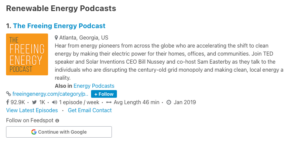

One Response
Your article brilliantly tackles a question that’s on the minds of many – how to determine if a microgrid is the right choice. The clarity and insight you’ve provided on this topic are truly invaluable. Your step-by-step guide and thoughtful considerations for evaluating the feasibility of a microgrid showcase your expertise in the field. It’s evident that you’ve meticulously addressed the practical aspects and potential benefits, making the decision-making process much more approachable for readers. Your ability to simplify complex concepts without sacrificing depth is a testament to your skill as a writer. Thank you for shedding light on this important aspect of energy decision-making and providing readers with a roadmap to explore the potential of microgrids. Your contribution to helping individuals and businesses navigate this path is truly commendable!